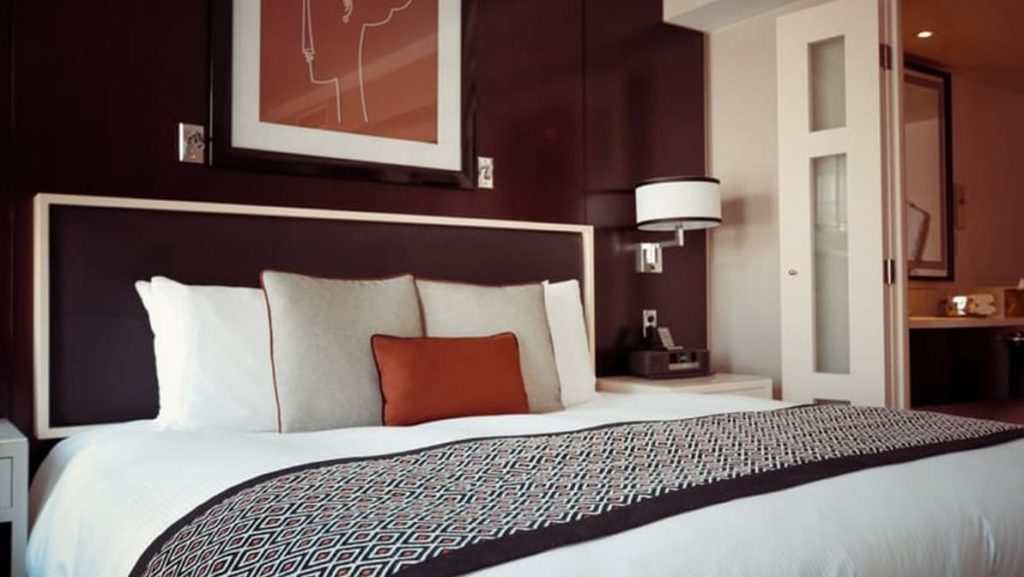When we think about communications, mainly between physical security officers, we’re often given a generic response; perhaps something along the line of “communications is critical for your operations.” Sound familiar?
Yet, there are no specifics on the type of communication needed nor how to effectively implement it to your team.
In this blog, we’ll provide a brief overview on how physical security companies can establish an effective culture of communication that harbors both top down and bottom up communication methods for a true employee to employer connection.
Type of Communications Best Suited for Top Down (Employer to Employee)
With the remote worker reality extending in 2021, physical security companies are understanding that communications practices overhauls are needed.
This includes redefining how employers communicate and train their workers for new tasks and assignments on site. This also includes a redefinition ofhow physical security companies choose to hire and onboard their talent.
On the job communication looks a lot like communication employees are used to having while working on the field. For physical security, this often looks like officer post orders, task assignments in a digital logbook, and reporting instructions for specific site reports.
Post orders and other task duties quite often are still done with paper based methods. Notebooks, sign in sheets, even paper reporting have unfortunately created a chasm in day-to-day operations between officers and their supervisors.
A survey conducted by our friends at theEMPLOYEEapp have discovered that only 9% of companies use mobile and mobile apps as a channel to reach their employees despite being a predominantly simple technology solution that almost all own or use daily.
Of the estimated 2.7 billion deskless workers in the United States, 1.1 million are security officers. Mobile technology and apps are not only essential for a business’s survival in this new normal, it’s the primary tool that physical security companies can implement quite easily. Often, for free.
How Can Physical Security Improve Top Down Communications?
Top down communication methods vary by company, but the majority of those implementing mobile or mobile app technology use the following daily:
Push-to-Talk (PTT)
When it comes to PTT technology, using a smartphone for direct verbal communication is one way guard companies have ensured accountability. Another way is by having supervisors monitor guard channels to pick up on guard behavior and to reinforce security company standards while on site.
Video or Online Task Training
Digital training modules allow for physical security companies to ensure their officers are accountable and can thwart the risk of noncompliance with states and with client service agreements.Digital training can vary, but partnering with a solution that offers rich media, such as PDF uploads, video training, and others, will improve the employer to employee communication experience, especially if the video consists of need-to-know company information, such as for onboarding new hires.
HR/Company-Wide General Onboarding Communication
Depending on your company’s onboarding processes, onboarding for physical security varies on how the company has shifted in the new normal. Including factors such as increased phone interviews, reliance on online job boards, and video interviews through Zoom are becoming the standard recruiting processes many hiring managers are using.
Watch This Thinkcurity Webinar: Security Recruitment 101 — Tips for Hiring Top Talent
Type of Communication Best Suited for Bottom Up (Employee to Employer)
Not all physical security companies consider the feedback of their own guards as gold, but those that do often find that turnover rates are lower and employee retention much higher.
The Trackforce team often talks about how the physical security industry has adapted to 2020’s influence on hiring, retention, and turnover and what that means for the future of the employee to employer relationship. In our latest research, our team discovered that the physical security industry shifted how they recruit officers and work to prevent turnover.
This shift in recruitment coincides with how physical security companies have needed to adjust their communications between employee to employer. Generally, communication best suited for bottom up has included:
- General surveys
- Employee feedback questionnaires
- Employee engagement and community building
- Employee safety status
The key is extending the opportunity for employees to feel valued and to know that they’re voice is appreciated. Using a solution that directly seeks and upholds employee engagement tends to be the best for retaining new and current talent.
How Can Physical Security Improve Bottom Up Communications?
Employee engagement is of course best when it’s easily available. Online sources for security companies can include traditional email and document sharing; however, the ability for employees to easily provide comments on-the-go or in the field is essential.
Best in-app communications use features such as push notifications, mass group messaging, and have the capability of using Lone Worker Protection.
Mobile or mobile app capabilities take advantage of devices that a majority of employees already own or know how to use; plus, these devices have the added benefit of being with the employee at all times during shifts, which is important for their security.
Push Notifications and Mass Group Messaging
Push notifications and mass group messaging are a given when it comes to one of the best (and most familiar) employers that have communicated with their employees.However, when it comes to bottom up communication, mass group messaging can be as easy as setting up chat rooms for specific officers on a site. These group messages can be used to relay company information that is not only “need to know” but is “want to know” as well.These can also be narrowed down to chats for supervisors only or a channel in which officers on site can communicate directly to their supervisor when needed. Special channels can also be set up for confidential feedback, such as with a link to a survey that can be done anonymously.When employees see that supervisors have already set up expectations for two way communication, it shows that your company is serious about hearing their input.
Lone Worker Protection
Workplace safety is changing and despite industries striving to maintain a safe and secure workplace, incidents can and do occur. With comprehensive Lone Worker Protection, employees have a direct line to safety with immediate notifications if a worker is in need of assistance.Mobile devices make Lone Worker Protection easy and comprehensive; with just a simple touch of a button, your employees can feel safe and know that communication is uninterrupted.
Solidifying Your Culture of Communications
At the end of the day, improving employee turnover, establishing two way communications, and creating value in your communications are critical to any operation.
Top down and bottom up communication methods call for a true employee to employer connection. Ultimately, creating a positive work culture starts when all efforts are put toward clear and transparent communication.
Whether your organization needs to improve top down or bottom up communications, just know that there are solutions that can help guide you down the right path.



